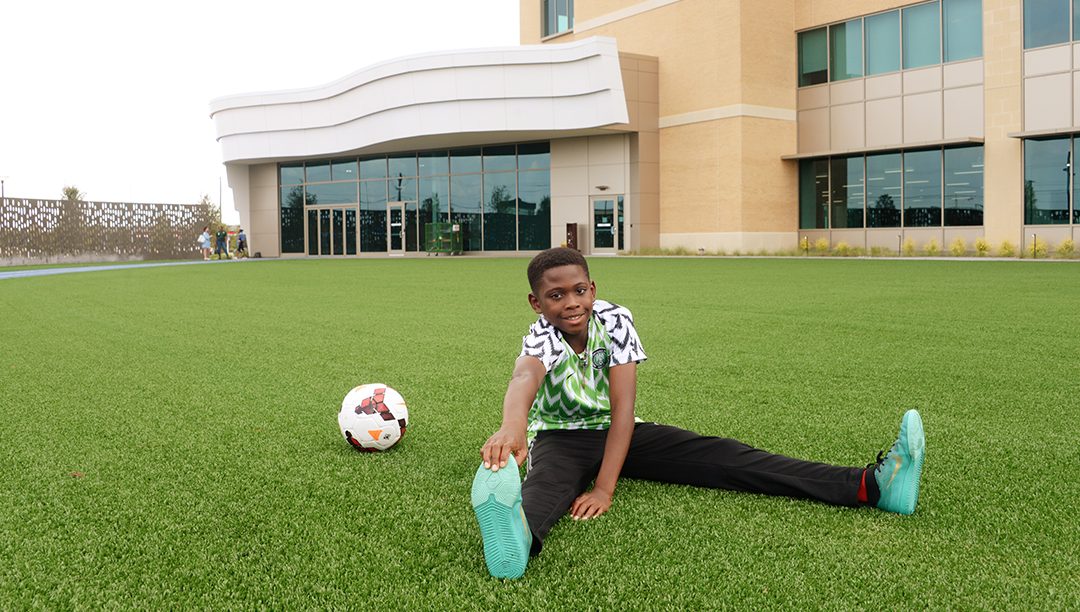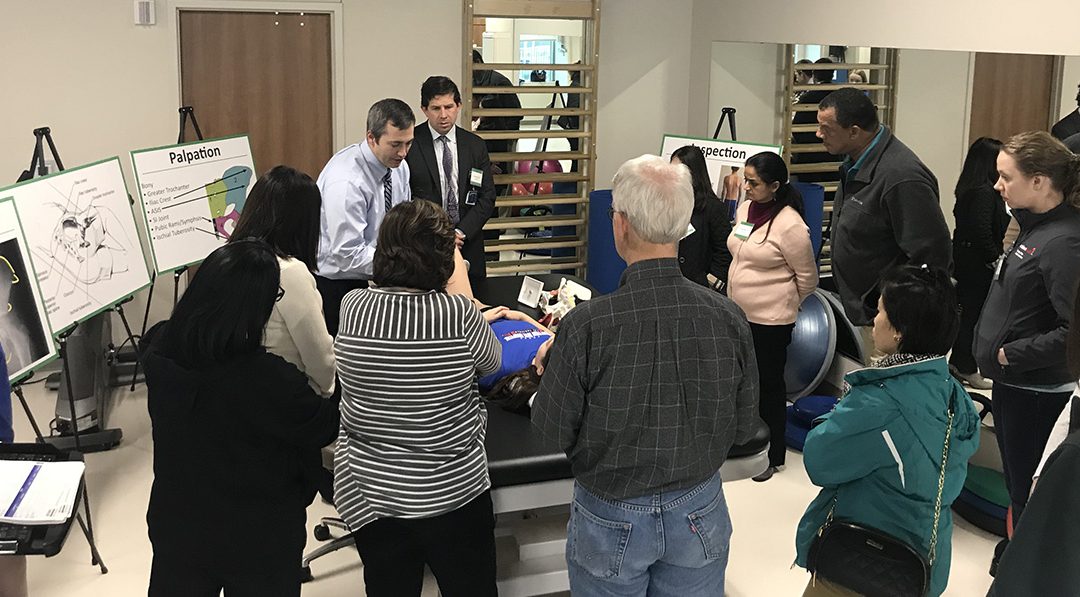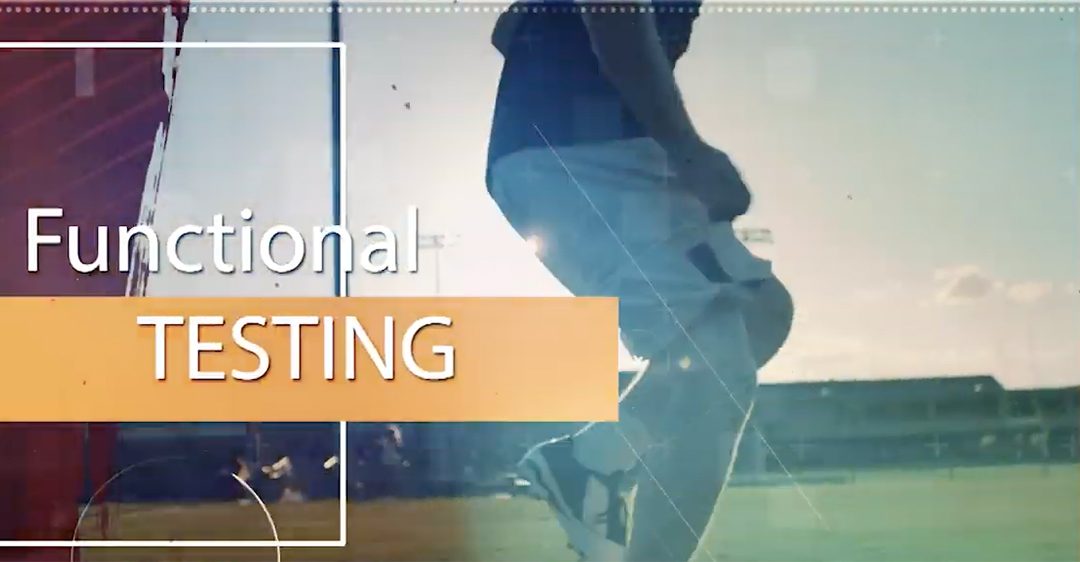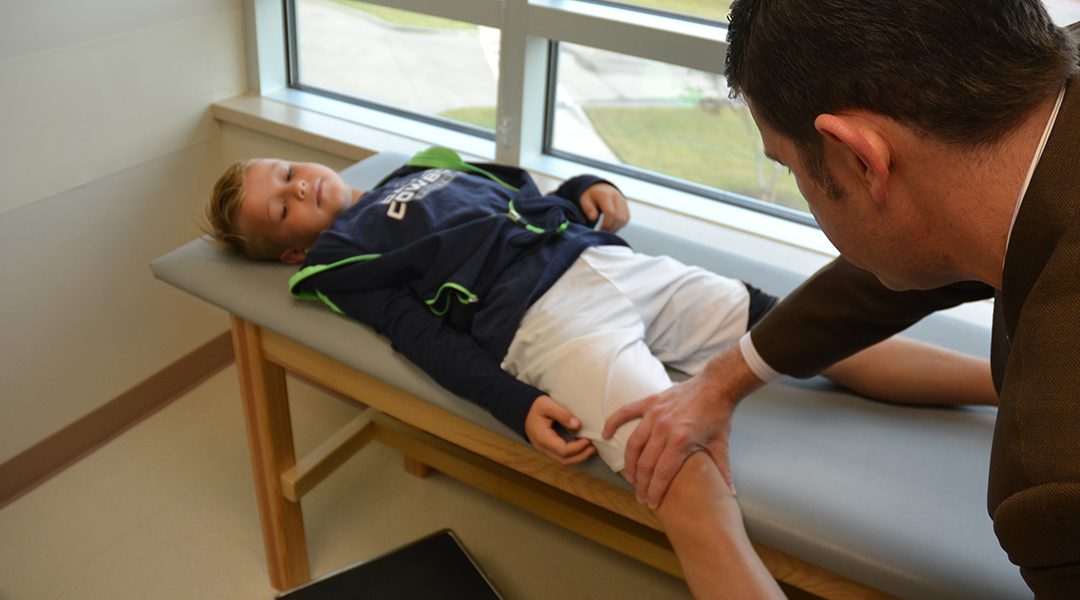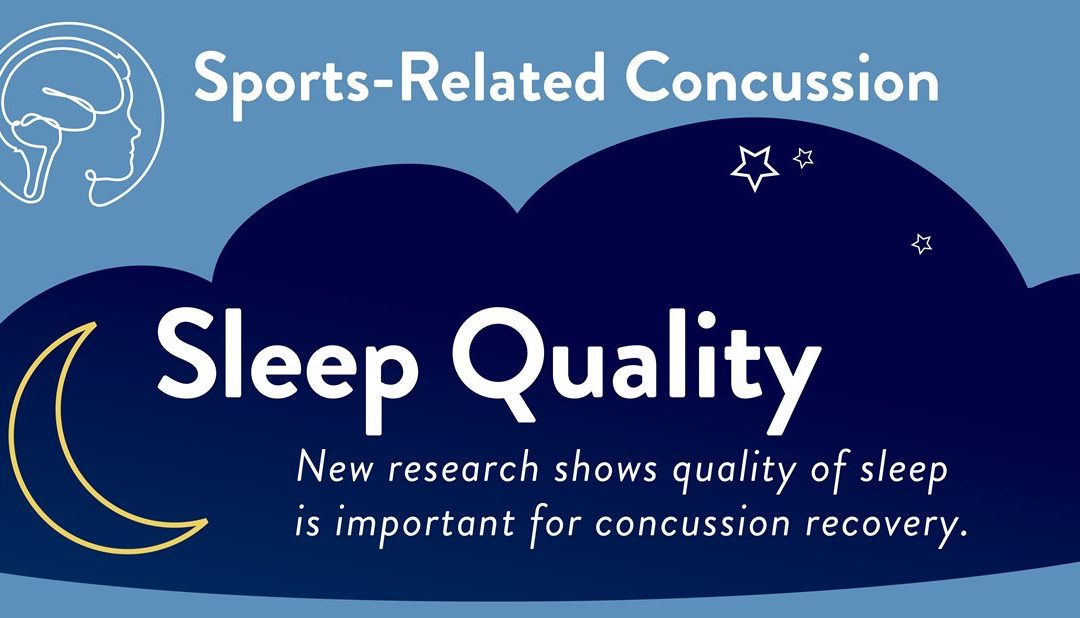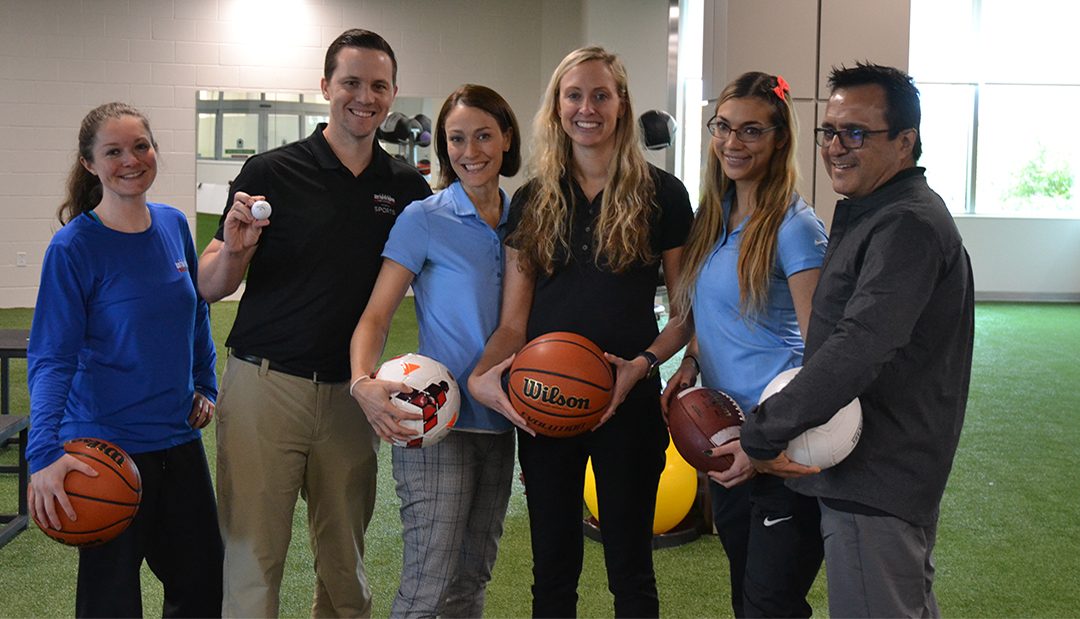Read the original article on the Reuters Health website here.
Getting a good sleep each night after a sports-related concussion might be linked to a shorter recovery time in adolescents, new research suggests.
Young athletes who slept well after a concussion were more likely to recover within two weeks, while those who slept poorly were more likely to endure symptoms for 30 days or more, according to research presented at the American Academy of Pediatrics conference in Orlando, Florida.
It’s not clear, however, whether poor sleep was a cause or a consequence of the more severe symptoms in kids who slept poorly after their injury, Dr. Jane Chung, Pediatric Sports Medicine Physician at Texas Scottish Rite Hospital for Children in Dallas, Texas, told Reuters Health by email.
“Pediatricians and healthcare providers taking care of young athletes should assess sleep quality at the initial clinic visit for concussions in an effort to predict those at risk for prolonged recovery,” Chung said.
The average age of the 356 children in the study was 14. Researchers had them complete a questionnaire called the Pittsburgh Sleep Quality Index. Based on the results, the kids were categorized into two groups: 261 good sleepers and 95 poor sleepers.
At follow-up visits three months later, both groups of patients had improved, but the good sleepers continued to have significantly better symptom and sleep scores.
“This study highlights the importance of sleep, a critical factor in the recovery from a concussion,” says Dr. Gerard Goia, Chief of Pediatric Neuropsychology at Children’s National Health System in Washington, DC, who was not involved in the research.
“These findings are highly consistent with our own clinical experience in treating children and adolescents with concussion, in that poor sleep is a significant limiting factor in recovery,” Dr. Goia said.
With its large sample size and findings, the study is strongly suggestive, but its observational design can only provide limited information about causality, Dr. Goia says.
In a notable sidebar, the researchers found that girls were more likely to sleep poorly than boys. “This discrepancy could be due to the higher prevalence of depression in girls, but recent evidence suggests it may go beyond psychosocial disparities. It may be related to gender-based differences in the biology of sleep. Further research is needed in this area,” Chung said.
That line of research may have to take the bench for now, however. Instead, Chung’s team plans to investigate the effect of sleep quality interventions on concussion recovery.
